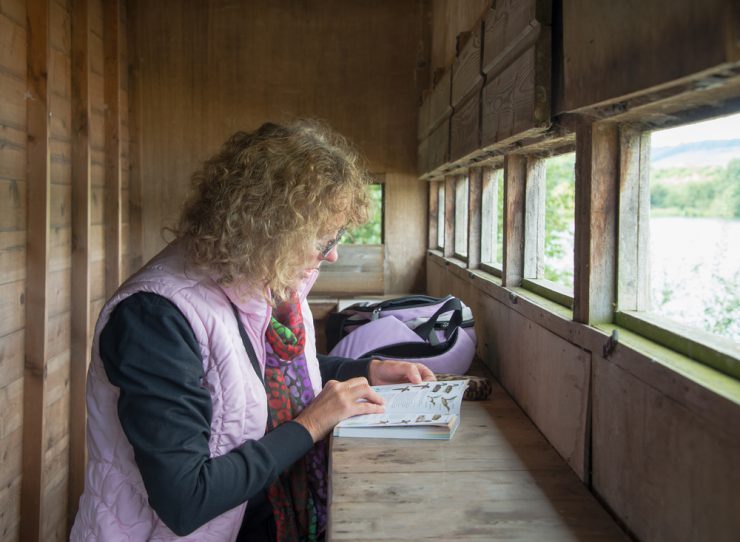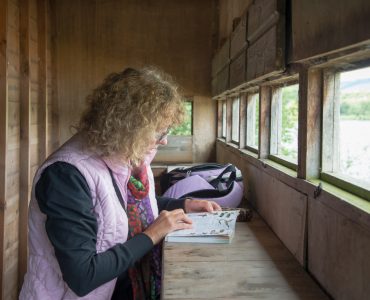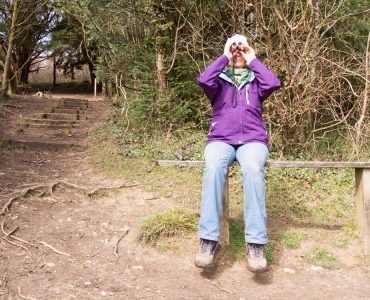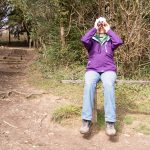The Pied Flycatcher is a bird of European origin, and these are much smaller than the regular spotted flycatchers. They have shorter tails and bills than the spotted variety. During summertime, the male bird is found to be coloured totally black in the upper portion of the body, and white coloured in the lower portion. The tail also is edged with shades of white and there are white patches on its wings as well. The patch right above the bird’s bill is coloured white too. During winter time the male bird looks exactly like the female excepting the white patch on the head. The female bird on the other hand is a combination of brown and an off white shade, and of course lacking the white patch on its forehead.
The young juvenile looks very like the female bird, but the upper body has much paler spots and speckles on the lower region. All of the birds, male, female and juveniles, have black coloured legs and bills. The pied flycatchers are found mainly around the hill side regions, in high oak trees. The scientific name of the pied flycatcher is Ficedula Hypoleuca. It can grow to lengths of 13 cm, weighing 10 to 15 grams. The wing span of a grown bird is about 21.5 to 24 cm in length. The birds appear only during the summer season, and have been marked a green status in Britain.
The pied flycatcher produces a very sweet sound, something like a soft warbling noise. The bird’s alarm call is like a ‘tic tic’ sound, repetitive and continuous. It is normally the male birds which produce the alarm calls when they spot danger. These birds are visitors to the northern and western regions of Britain during summer time, with the males generally coming in prior to the females, sometime in the middle of April, to mark their territories. During the winter season, sometime around August, the birds tend to move back towards the western part of Africa.
Feeding habits of the pied flycatchers are quite normal, going for insects, caterpillars, bees, ants, millipedes, woodlice, flies and beetles. They rummaging techniques are carried out on the top of canopies of trees, and are hence difficult to see most of the time. During the autumn season, the birds tend to feed upon nuts and seeds, like currants, which ever are available around the area. They also rummage around on the ground for dead small animals and other types of seeds not found among trees and bushes.
The breeding grounds of pied flycatchers start in the month of May, and the process generally takes place in parks or gardens, and even in woodland areas. They prefer open areas like cleared ground, and among scattered trees as well. The female bird makes the nest out of moss, lichen, grass and leaves, with the inner lining given by wool and hair. The nests are generally found in tree holes. The female has about 4 to 7 eggs with only 1 clutch. The incubation period lasts about 12 to 13 days, which is handled solely by the female.
Pied Flycatcher

Let us know if you liked the post. That’s the only way we can improve.








